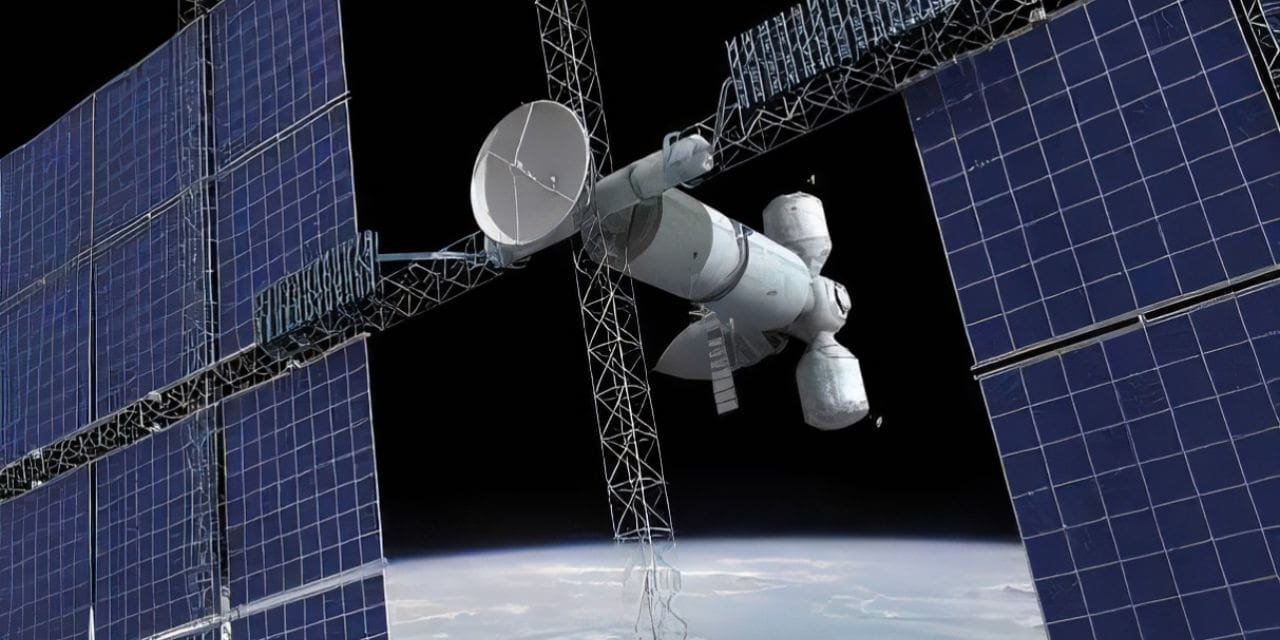The report “Satellite Solar Cell Materials Market by Material Type (Silicon, Copper Indium Gallium Selenide (CIGS), Gallium Arsenide (GaAs)), Application (Satellite, Rovers, Space Stations), Orbit (LEO, MEO, GEO, HEO, Polar Orbit), & Region – Global Forecast to 2030″, which is expected to reach USD 96 million by 2030 from USD 44 million in 2024 and grow at a CAGR of 13.7%, is important to power a variety of space missions. While silicon remains the industry leader due to its low cost and known technology, advances in materials such as GaAs, and Germanium multi-junction cells promise improved efficiency and radiation resistance. The market meets the diverse requirements of different satellites, ranging from low-cost options for cube satellites to high-performance materials for deep space research. However, issues such as high material costs and the need to balance efficiency, cost, and durability persist. As R&D efforts continue, the future of the satellite solar cell materials market is bright, with advancements in materials science and technology holding the key to unlocking its full potential and powering the next generation of space exploration.
Browse
- 181 Market Data Tables
- 50 Figures
- 238 Pages and in-depth TOC on “Satellite Solar Cell Materials Market – Global Forecast to 2030”
Some of the prominent key players are:
- SPECTROLAB (US)
- AZUR SPACE Solar Power GmbH (Germany)
- ROCKET LAB USA (US)
- Sharp Corporation (Japan)
- CESI S.p.A (Italy)
- Thales Alenia Space (France)
- AIRBUS (France)
- MicroLink Devices, Inc. (US)
- Mitsubishi Electric Corporation (Japan)
- Northrop Grumman (US)
Driver: Rising Space Exploration and Satellite Deployment
The rising tide of space exploration and satellite deployment is a major driver of the satellite solar cell materials market. A 2023 blog published by the Union of Concerned Scientists stated, in 2022, the global count of operational satellites orbiting Earth reached 6,718, signifying a remarkable surge of nearly 2,000 satellites within a single year. As more nations and commercial groups invest in space exploration, the need to launch satellites for communication, navigation, Earth observation, and scientific study grows. This boom in satellite deployments closely correlates with increased demand for solar cell materials, which serve as the major power source for satellites in orbit. Furthermore, advances in satellite technology and propulsion systems make launches more frequent and cost-effective, increasing demand for solar cell materials. Furthermore, the rise of new applications such as satellite-based internet services and remote sensing increases the need for efficient and reliable power production systems, increasing increased demand for solar cell materials.
LEO accounted for the second largest share by orbit of the satellite solar cells materials market in 2024; in terms of value.
Low Earth Orbit (LEO) has emerged as the second-largest orbit type in the satellite solar cell market, owing to several key factors that make it an attractive choice for satellite deployments. LEO is characterized by altitudes ranging from approximately 180 to 2,000 kilometers above the Earth’s surface. This orbit type has gained prominence due to its strategic advantages in terms of accessibility, shorter communication latency, and increased satellite revisit times.
LEO satellites operate at lower altitudes compared to higher orbits like Geostationary Orbit (GEO), which is advantageous for reducing signal latency in communication systems. This low latency is crucial for applications such as broadband internet services, Earth observation, and real-time data transmission, making LEO an ideal choice for constellations of communication satellites.
North America will be the largest market for satellite solar cell materials Market in 2024, in terms of watts.
North America holds the distinction of being the largest market for satellite solar cell materials, driven by a multitude of factors that underscore the region’s leadership in space technology and satellite deployments. One key reason for North America’s dominance in this market is its robust space industry ecosystem, comprising renowned aerospace companies, research institutions, and government agencies like NASA. These entities spearhead numerous satellite projects, ranging from Earth observation and communication to scientific exploration, necessitating the procurement of high-quality solar cell materials.
Additionally, North America boasts a thriving commercial space sector characterized by innovative startups and established players, fueling demand for satellite solar cell materials. The region’s conducive regulatory environment and access to capital further facilitate the growth of space ventures, fostering a conducive market for solar cell manufacturers.

